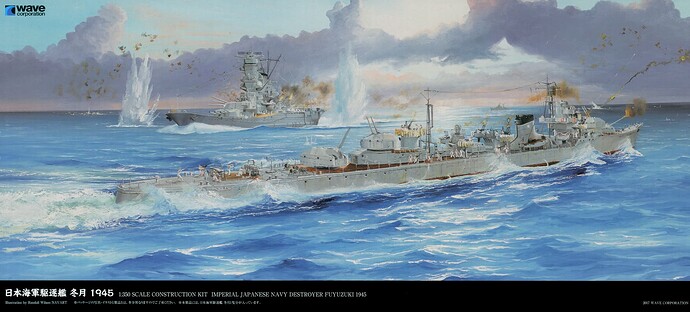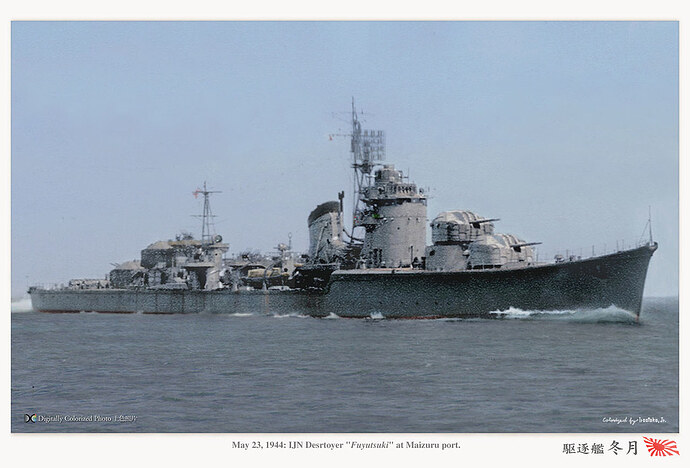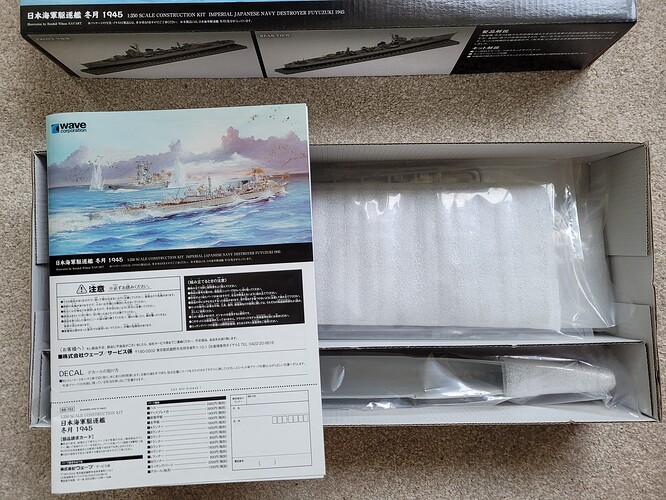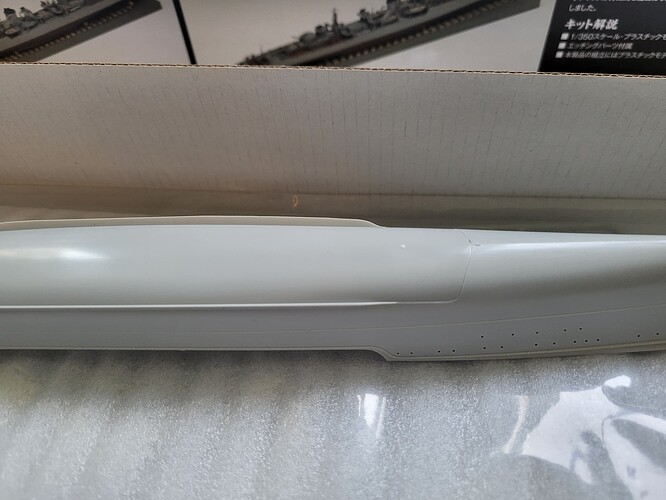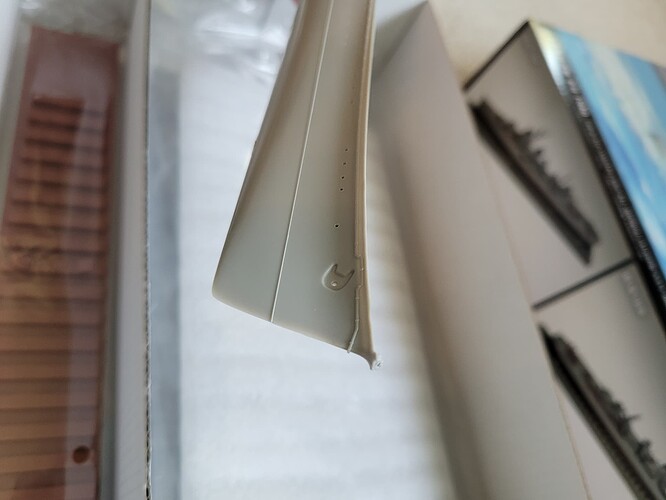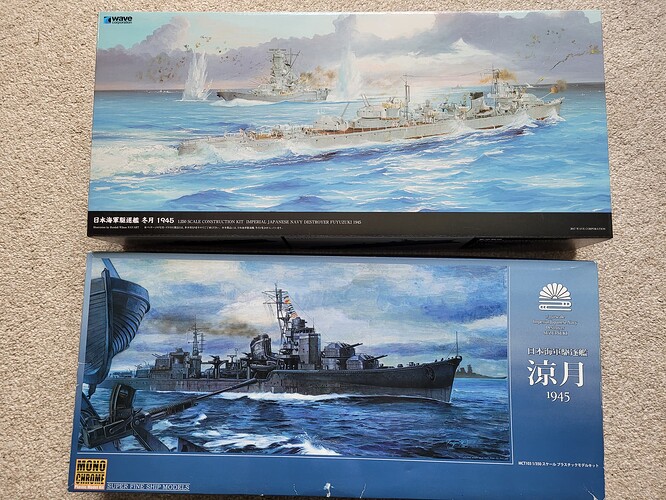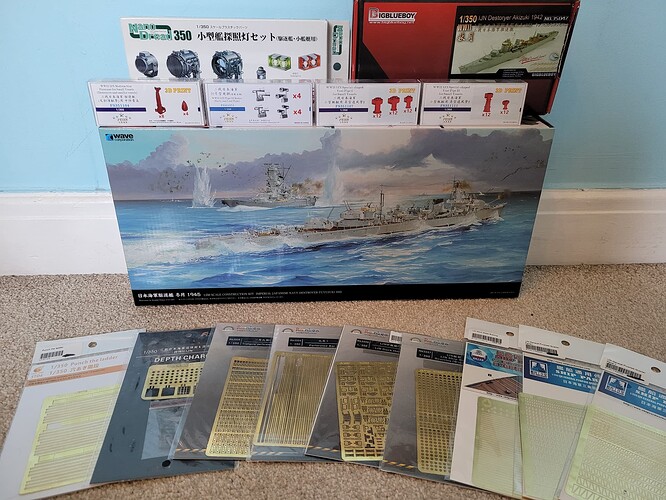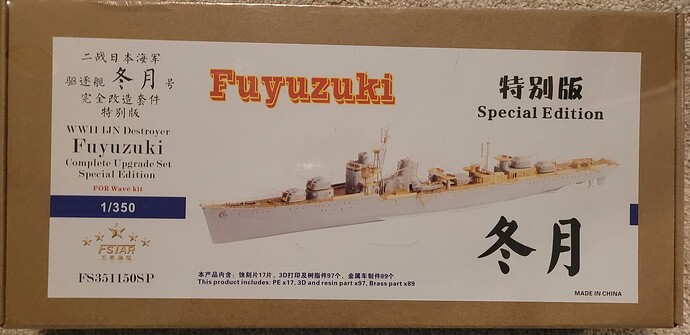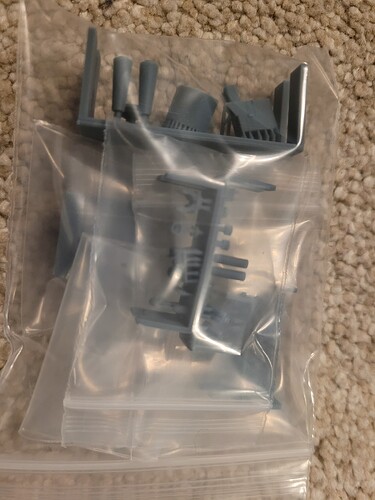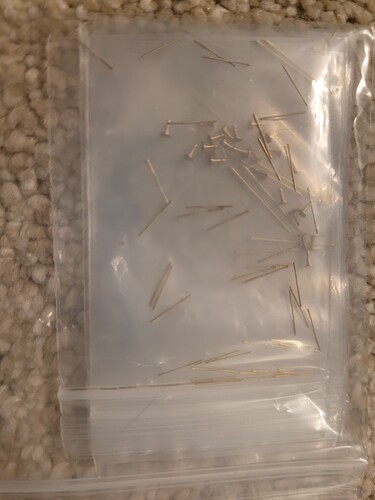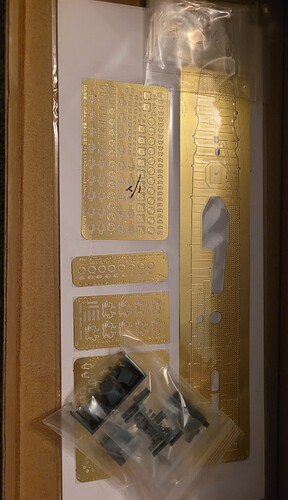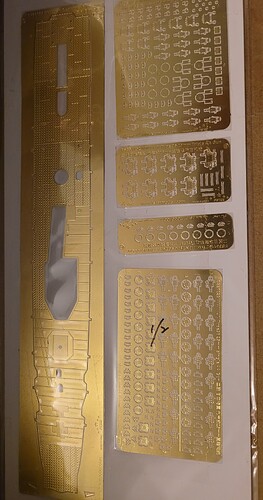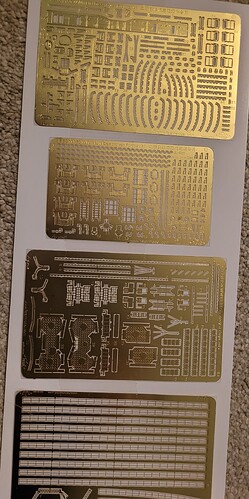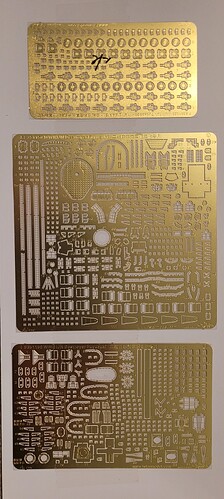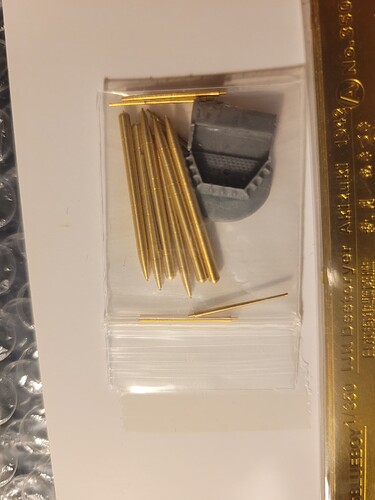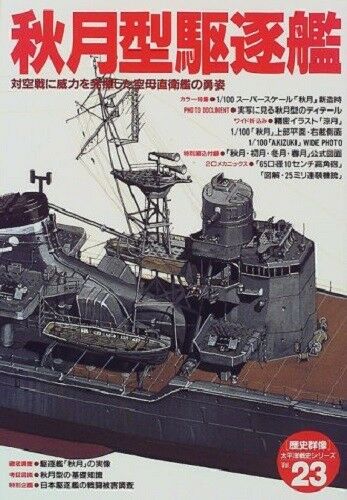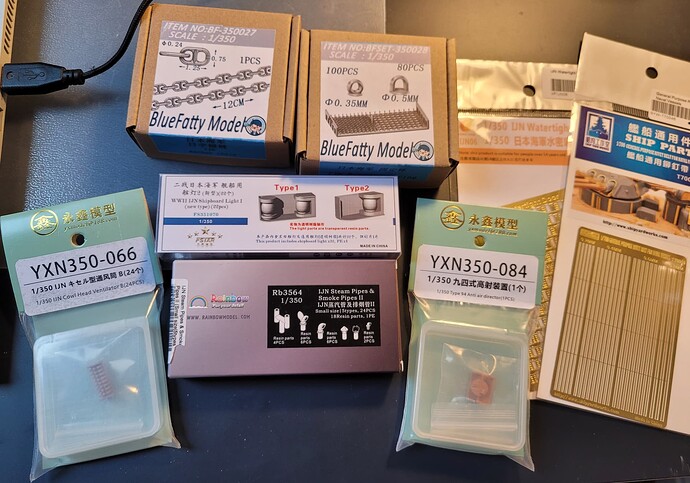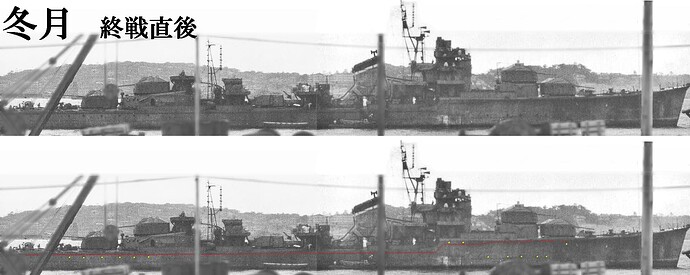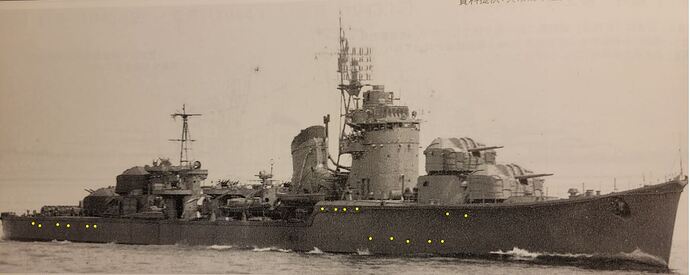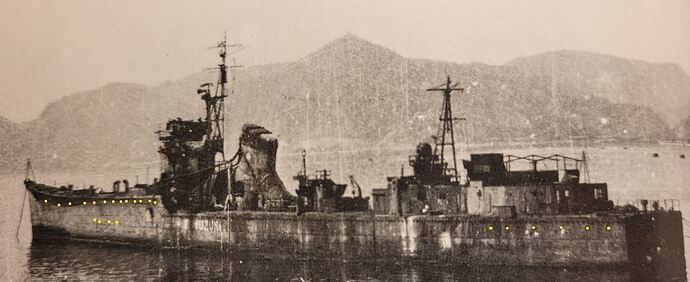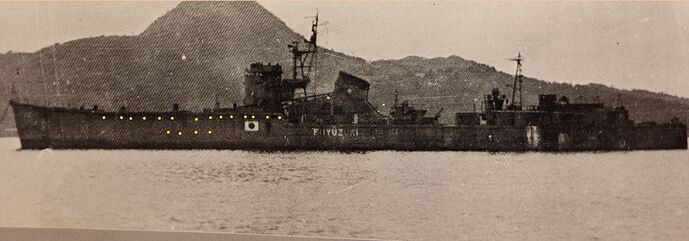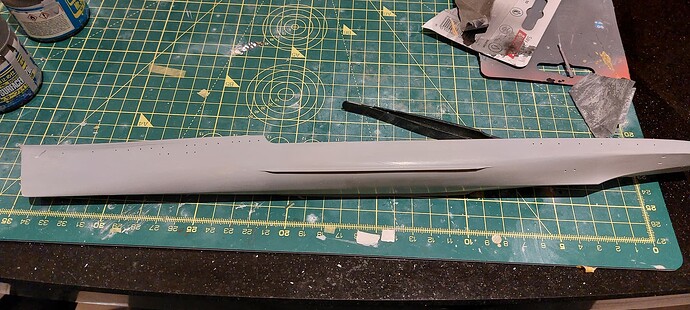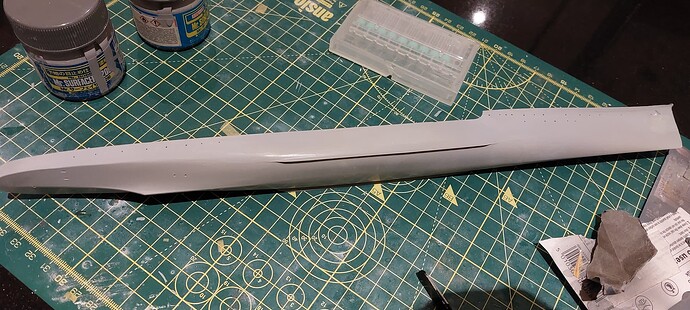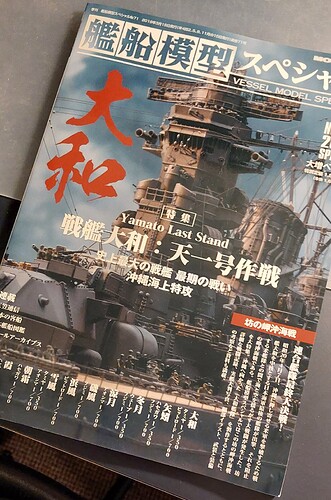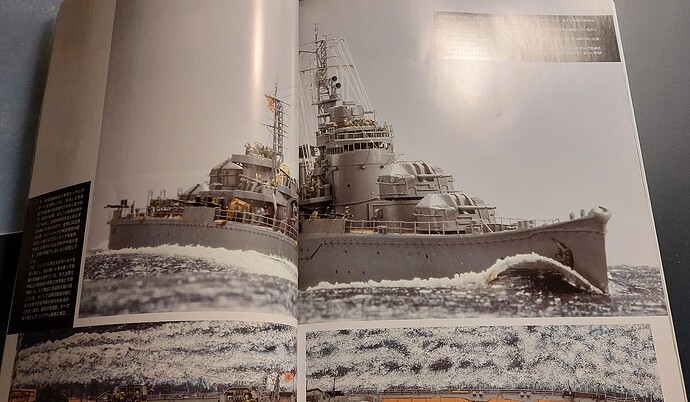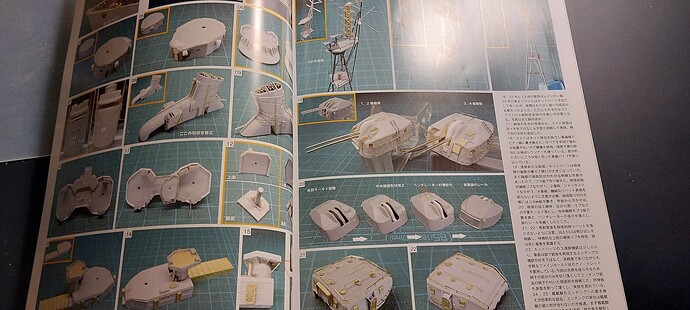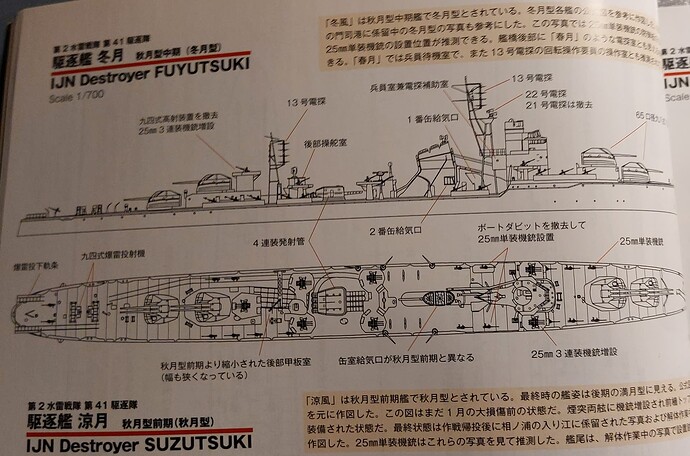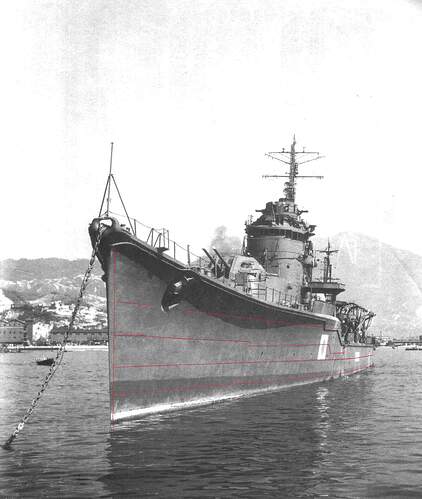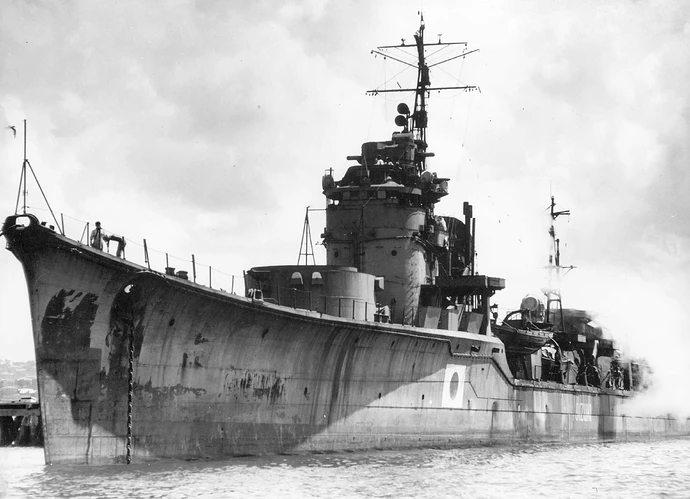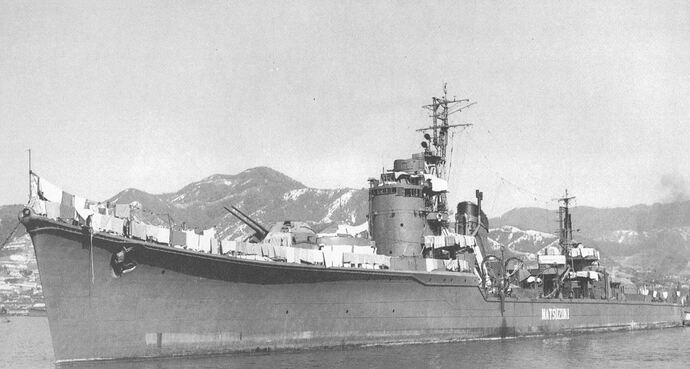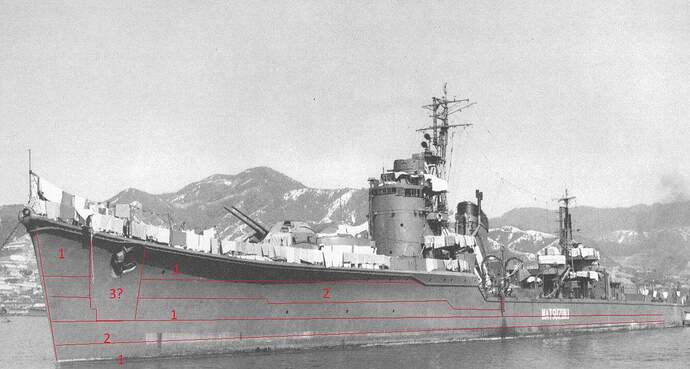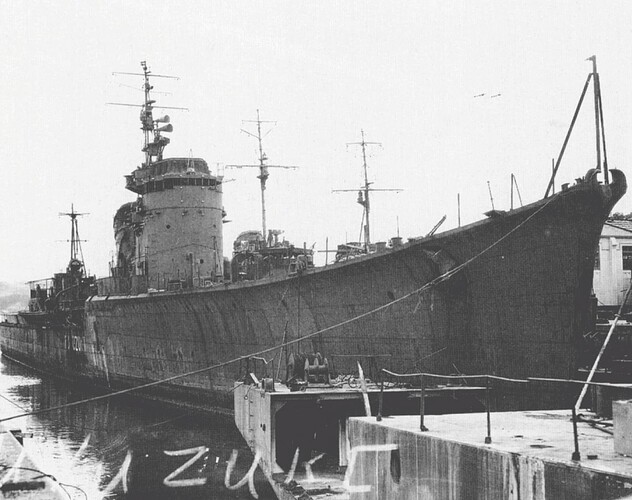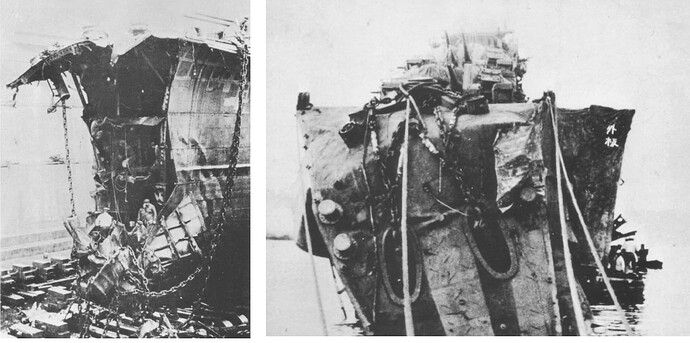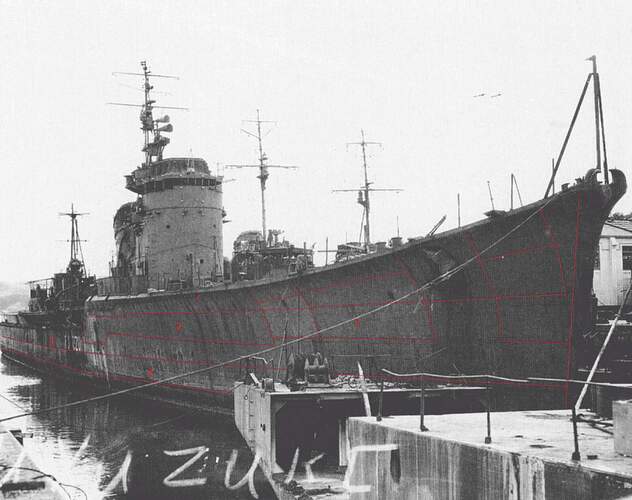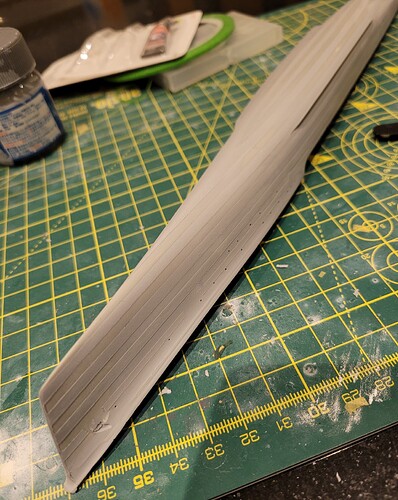Hello,
This will be my first ever build log, I have always wanted to do one and I think now is the time. I will try and go really in depth in my process, as I have real OCD with making my models as accurate and detailed as possible, so be prepared for this log to be rivet-counting heavy with plenty of references. For that reason, any experts please feel free to chime in at any point with accuracy notes or concerns, the more knowledge the better.
Just to give some background on my hobby situation, I build 1/350 scale IJN only and have been collecting and researching vessels available in 1/350 for quite some time. As a result, I have amassed a respectable stash including some quite rare kits (mostly Aoshima) and in the last year or so have really gotten into collecting rare Japanese reference material (Maru Specials, Gakken, Model Art etc.). I like to replace pretty much anything I can with aftermarket and am open to a little scratch building as long as I believe it lies within my skill range. What I am still getting to grips with is airbrushing and finishing techniques, as I have not been the owner of an airbrush for too long and few of my ships are yet to have reached the finishing stage, so I’ll probably ask for modelling tips when I am struggling.
I am also completing this build around studies, so I can’t promise the most regular updates, but in my updates I will try and make them as comprehensive as possible.
Anyway, with all that said and done onto the ship and build…
History
I’ll quickly brush over the history, if you want more detail I would check on Wikipedia or Combinedfleet.com.
Fuyutsuki (冬月, “Winter Moon”) was the 8th Akizuki-class destroyer built by the Imperial Japanese Navy, and the first member of the Fuyutsuki sub-class. This sub-class was very similar to the original Akizuki design, but construction was more simplified for faster production. The most notable modifications consist of a simplified bow design, removed rear deck house, and fitted two-dimensional air inlet for boilers.
She was constructed at Maizuru Naval Arsenal and completed on the 25th of May 1944, being assigned to the 11th Destroyer Squadron of the Combined Fleet initially.
For her early career, Fuyutsuki mostly completed rather uneventful escort and patrol missions. However, on the 12th of October 1944 while escorting light cruiser Oyodo, her bow was badly damaged by a torpedo fired by US Balao-class submarine USS Trepang. Following this, Fuyutsuki was repaired at Kure. She would be later damaged during a training mission on the 31st of January 1945 near Ōita and would once again spend some time at Kure for repairs.
Fuyutsuki would join 8 other destroyers and light cruiser Yahagi in the task of escorting battleship Yamato on the 6th – 7th of April 1945 during operation Ten Ichi Go. The operation was a failure, resulting in most of the convoy’s ships, including Yamato, sunk by enemy aircraft. Fuyutsuki escaped with minor damage, 12 dead and a further 12 injured from rocket and bomb strikes. Fuyutsuki rescued survivors from the damaged Asashio-class destroyer Kasumi, and scuttle her with torpedos.
On the 20th of August 1945, Fuyutsuki would strike a mine at Moji, in Kyūshū. The damage was heavy, causing the complete removal of a portion of her stern and put Fuyutsuki out of much operational use for the short remainder of the war. Never receiving repair and having her armament removed, she eventually surrendered and was used as a breakwater at Wakamatsu, later being broken up.
The Kit
The kit was released in 2017, by the “Wave Corporation”. It is essentially a reboxing of Monochrome’s earlier Akizuki/Suzutsuki kit, with some new sprues replacing some of the old ones.
The quality is mixed. Some details are nicely moulded, however others appear blocky and will have to be replaced with aftermarket. Anchor chains and a good portion of deck detail are moulded on and will such have to be removed to allow for aftermarket replacement.
Some flash and mould lines are also visible on some of the parts, most notably some strange moulding on the bottom of the hull. Furthermore, the accuracy of the kit seems a dubious in some areas, and some of the differences between the Akizuki and Fuyutsuki subclass are not accounted for. Also, the boxing clearly states the version of the Fuyutsuki to be built is of the 1945 configuration, even depicting Operation Ten Ichi Go on the box art; he kit is not accurate to this, still depicting a type 21 radar on the mainmast, which was replaced with a type 22 and second type 13. In short, there is going to be a lot to correct.
The parts are packaged nicely, with sprues being contained within protective bags and plenty of styrofoam.
The hull comes as one piece, which is nice and saves a lot of pain with filling a seam line. Although, being a recycled monochrome Suzutsuki hull, the portholes are far too numbered and the degaussing cable is not completely correct, so lots of research and correction will have to be done here. Funnily enough, the bow appears to be quite accurate to that of Fuyutsuki, which had a notably sharp and simplified bow.
A minimal photoetch fret is provided, containing - ladders, porthole covers, depth charge cages, AA mount shields, a few miscellaneous bits and most interestingly, a construction to allow the torpedo storage bay to be open. Unfortunately, the etching is a little blocky and reminds me of Pit-road’s 1/350 PE sets. Still, a nice bonus to have although most of this will be swapped out with aftermarket.
I actually own Monochrome’s rather hard to find Suzutsuki kit and nearly chose to build her instead; however due to the presence of existing online build logs and the apparent difficulty of reshaping the hull to be more faithful (as seen in Model Art No.37) I thought best start with Fuyutsuki. Fortunately there also seems to be much better documentation of vessels of the Fuyutsuki sub-class due to many of these vessels making it to the end of the war.
